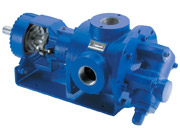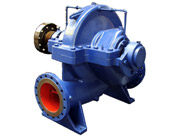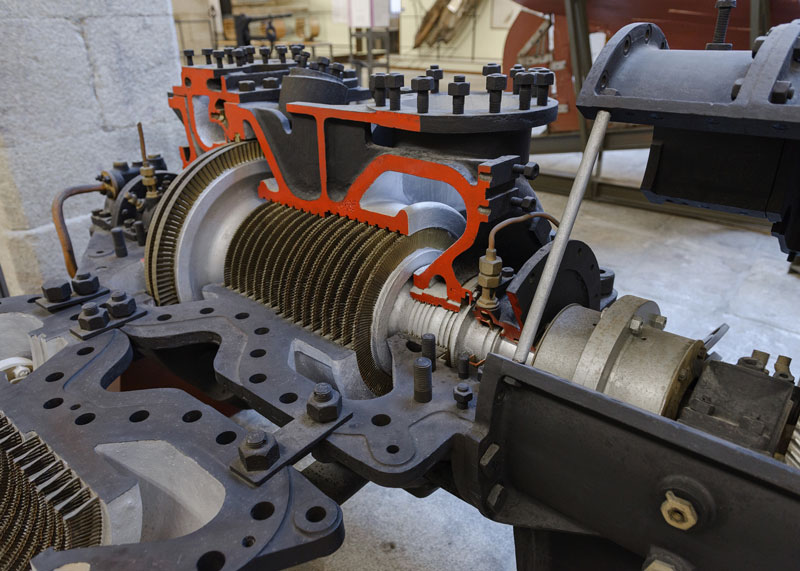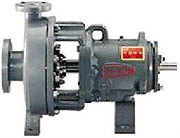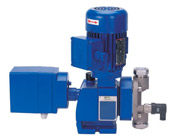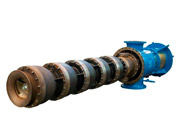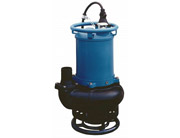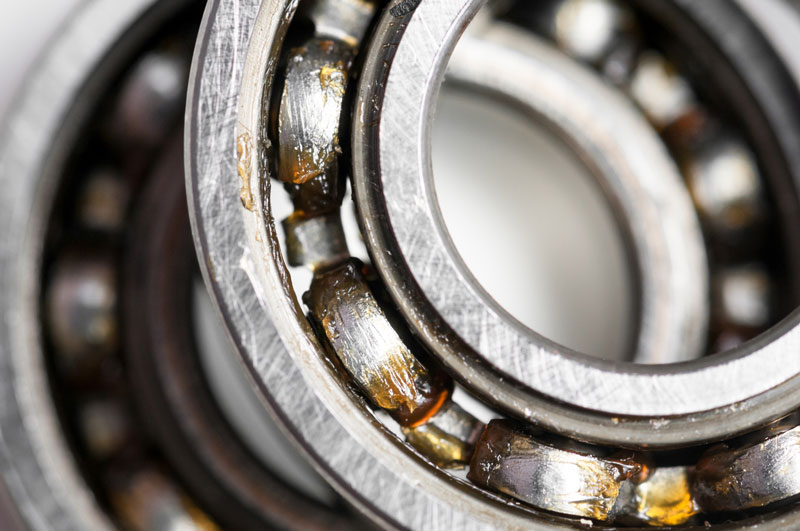Your high pressure pumps are at the center of your industrial operations, yet they are usually the most neglected equipment in the system until they break down. This is partly because any pump repair or maintenance work should only be carried out by personnel with proper training, who are not always available as permanent staff.

As a result, high pressure pumps encounter two common types of failures:
- First is the lack of basic maintenance, such as running with low oil level or water in the oil, no or delayed oil changes, low pressure due to damaged valve seat o-ring, or running with broken plungers or worn packings. All of these problems can damage your pump.
- Second is the poor inlet conditions that may result in improper filtration, dry running, or cavitation, and subsequently premature packing and plunger and valve damage.
Proper maintenance of your high pressure pumps involves not only changing the oil, but also checking the discharge equipment and quality of fluid material. Indeed, maintenance of your HP pump requires regular inspection and service of the pump and other components in the system.
Here are some tips to help you maintain optimal performance of your pump and the entire system:
- Assemble a daily checklist for the entire system. Your system manufacturer and professional installer and service team can help you create a daily checklist that includes a thorough visual inspection of all the vital components of the system, namely the pump, motor or engine, fluid system, filters, pipe work, and so on. Each section should be subdivided to include the smaller components.
- Create a preventative maintenance schedule with the help of your professional service team. It may include oil changes, valve and packing changes, belt inspection, and so on.
- Ensure prompt pump maintenance as directed by the manufacturer, usually depending on the hours of operation. For instance, pump manufacturers recommend that the first oil change should be after 50 hours of operation, with subsequent oil changes occurring every 500 hours or 3 months, or even sooner if the equipment operates in extreme conditions.
Lastly, at all times, the operators should be on the lookout for any sudden problems. Manufacturers usually provide a troubleshooting list to help operators identify early warning signs before a major breakdown. With proper maintenance, however, random problems and breakdowns should be infrequent and easily manageable.

